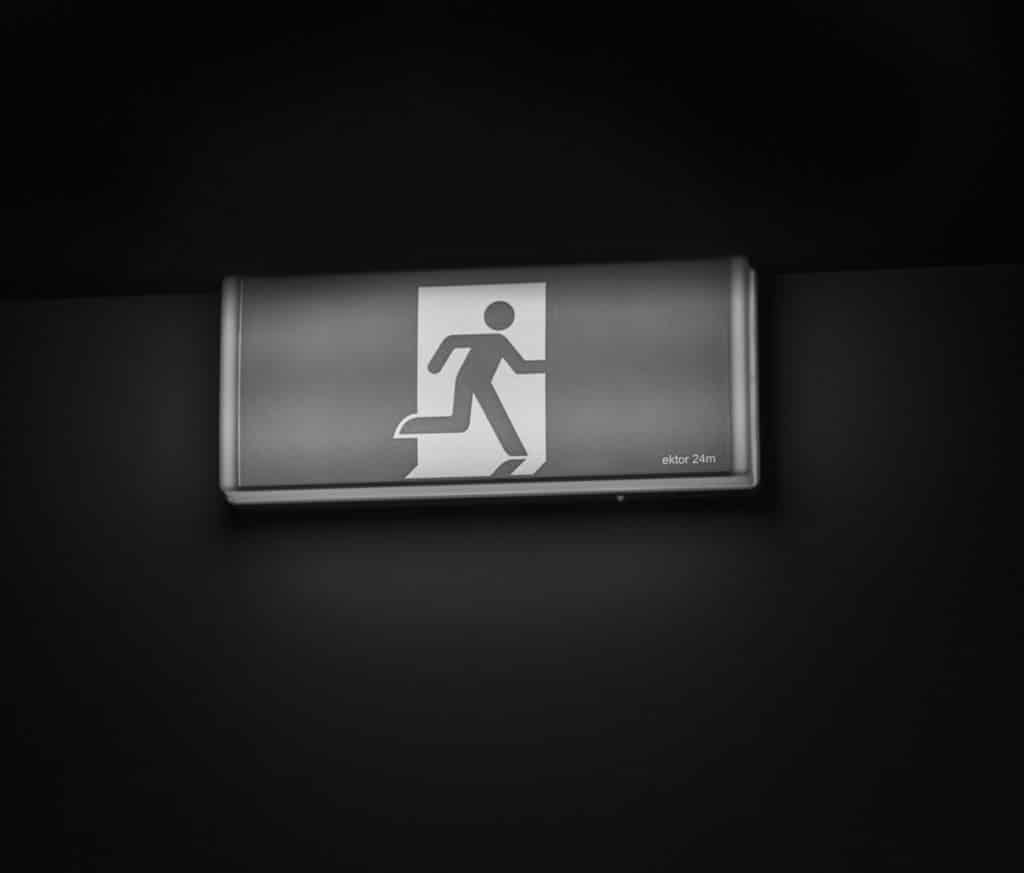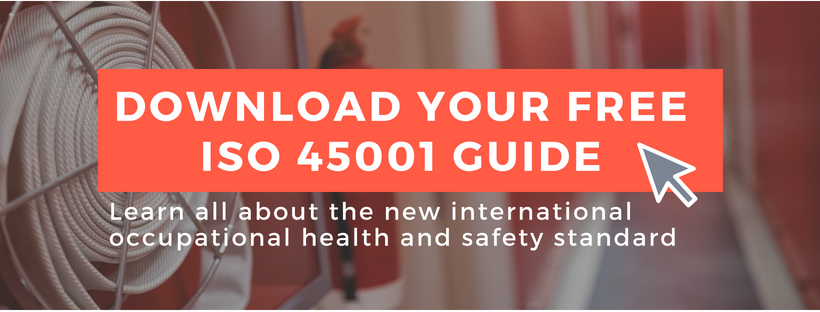
Health and safety responsibilities: Employers or Employees?
November 22nd, 2018 By MarketingAs a business owner, there comes a time when health and safety cannot rely on a few documents and your common sense. It needs more structure, a well-considered process and employee communication and buy-in. By educating yourself and your staff on responsibilities and protocols, you’ll help promote a safe and healthy workplace.
This blog offers guidance to help you understand your health and safety responsibilities.
Who is responsible for workplace health and safety?
Primarily, the business owner has responsibility for workplace health and safety. However, every member of staff is responsible for carrying out all health and safety processes associated with their work, manage appropriate risks and undertake necessary training.
Managers and supervisors should have a comprehensive understanding of workplace health and safety and what control measures need to be in place. They may also be responsible for communicating these principles or organising training for their team. Depending on the nature and size of the business it may be appropriate for the business owner to delegate responsibilities to managers or supervisors, though the buck still stops with the business owner.
It is important to understand that responsibilities can vary, particularly for different business sectors. Always refer to the Health and Safety Executive (HSE) for the most recent guidance.
What are the health and safety responsibilities of employers?
In addition to being responsible for their employees’ health and safety, employers are responsible for all visitors to their premises including customers, suppliers and the general public. As mentioned above, responsibilities vary greatly between businesses so always check the HSE website if you’re not 100% certain.
As an employer, the five primary responsibilities are:
- You must conduct thorough risk assessments, document and implement all health and safety processes and make sure they are communicated and adopted by all staff.
- You must continue to oversee all processes and check that the measures remain in place.
- You must also ensure that policies are updated when government guidance changes.
- You are responsible for all training and management of records, including those related to incidents.
- You must also appoint a ‘competent person’ with health and safety responsibilities and ensure they receive all the appropriate training and support.
What is an employer’s duty of care?
An employer’s duty of care is to take all reasonable steps to ensure the health, safety and well-being of their staff. Again, this is highly contextual but may include;
- Assigning health and safety responsibilities among staff
- Undertaking risk assessments
- Providing a safe working environment
- Providing adequate training and feedback on performance
- Ensuring staff don’t work excessive hours and have areas for relaxation
- Protecting staff from bullying or harassment
- Protecting staff from discrimination
- Providing a platform where employees can raise concerns
What are the health and safety responsibilities of employees?
Every employee has a responsibility to take reasonable care of their own health and safety. This includes utilising any clothing or tools that will make them and their workplace safer. The employee should also take all reasonable care not to put others at risk.
While the employer is responsible for organising any training, the employee must cooperate with the training and ensure they understand all policies and processes. Incident records must always be completed and if the employee has any concerns relating to their working environment that might impact their own safety or the safety of others, they must report them immediately.
Do I need a health and safety officer?
Unsurprisingly, this also depends on a number of factors relating to your business including the number of employees, type of business and the kinds of risk the business and employees are exposed to.
As previously mentioned the employer needs to appoint a ‘competent person’, which can be a member of staff or a contracted consultant. The post may be best suited to someone who is regularly onsite, though this depends on the nature of the business. For smaller organisations this may be enough to ensure a safe, healthy and compliant workplace. For larger organisations, the business owner might consider recruiting a dedicated individual to manage the processes and procedures.
What certifications are there for health and safety at work?
There are individual health and safety certifications that employees can take to improve health and safety at work. These are often industry or role-specific so check with your governing body or the HSE website. St Johns Ambulance First Aid Training Courses are well-regarded and widely available throughout the UK.
If you want your organisation to really address health and safety that benefits your business in a structured and efficient way, ISO 45001 offers the solution. Published in March 2018, this certification is the internationally recognised standard for occupational health and safety. The standard aims to improve individual safety as well as organisational, addressing the personal health and safety risks of any process or use of machinery within an organisation.
The internal auditing system of ISO 45001 follows an ‘early warning’ system to help you spot potential health and safety risks before they arise. This system will continue to improve over time and will ensure your organisation is proactive, rather than reactive, to threats to health and safety.
To find out more about ISO 45001, download your free guide.
 hbspt.cta.load(3038466, ’29bc5887-afd5-4fae-a8a6-1b35557b372c’, {});
hbspt.cta.load(3038466, ’29bc5887-afd5-4fae-a8a6-1b35557b372c’, {});